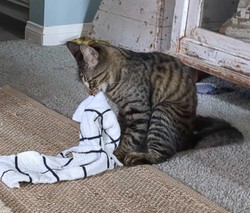

The point is to get someone that is incorruptible by wealth. Someone that is purely altruistic not out of excess but out of the very fiber of their being. I want someone poor by choice, someone who rejects all the pomp and ritual. Someone that will tell a billionaire no, I will not visit your island or take your gifts, and do so every single time.




Yup